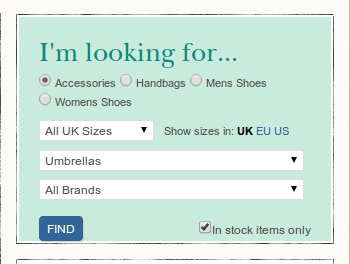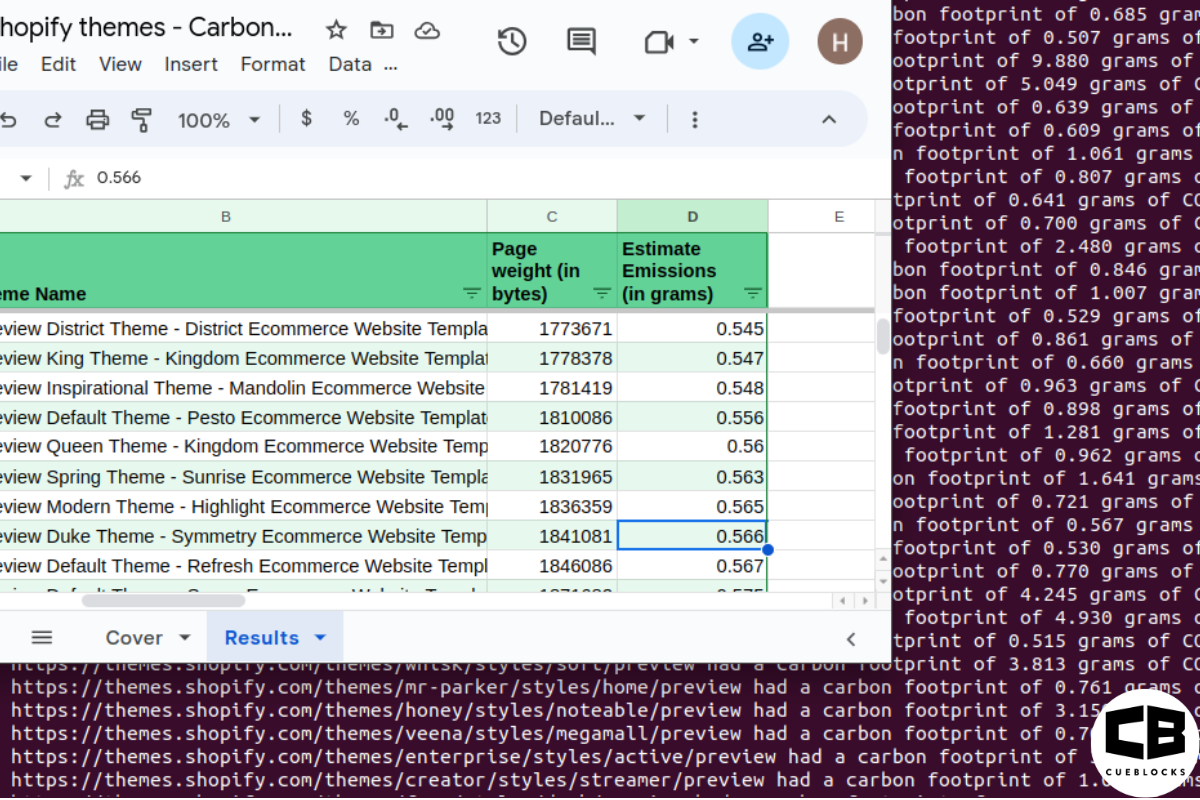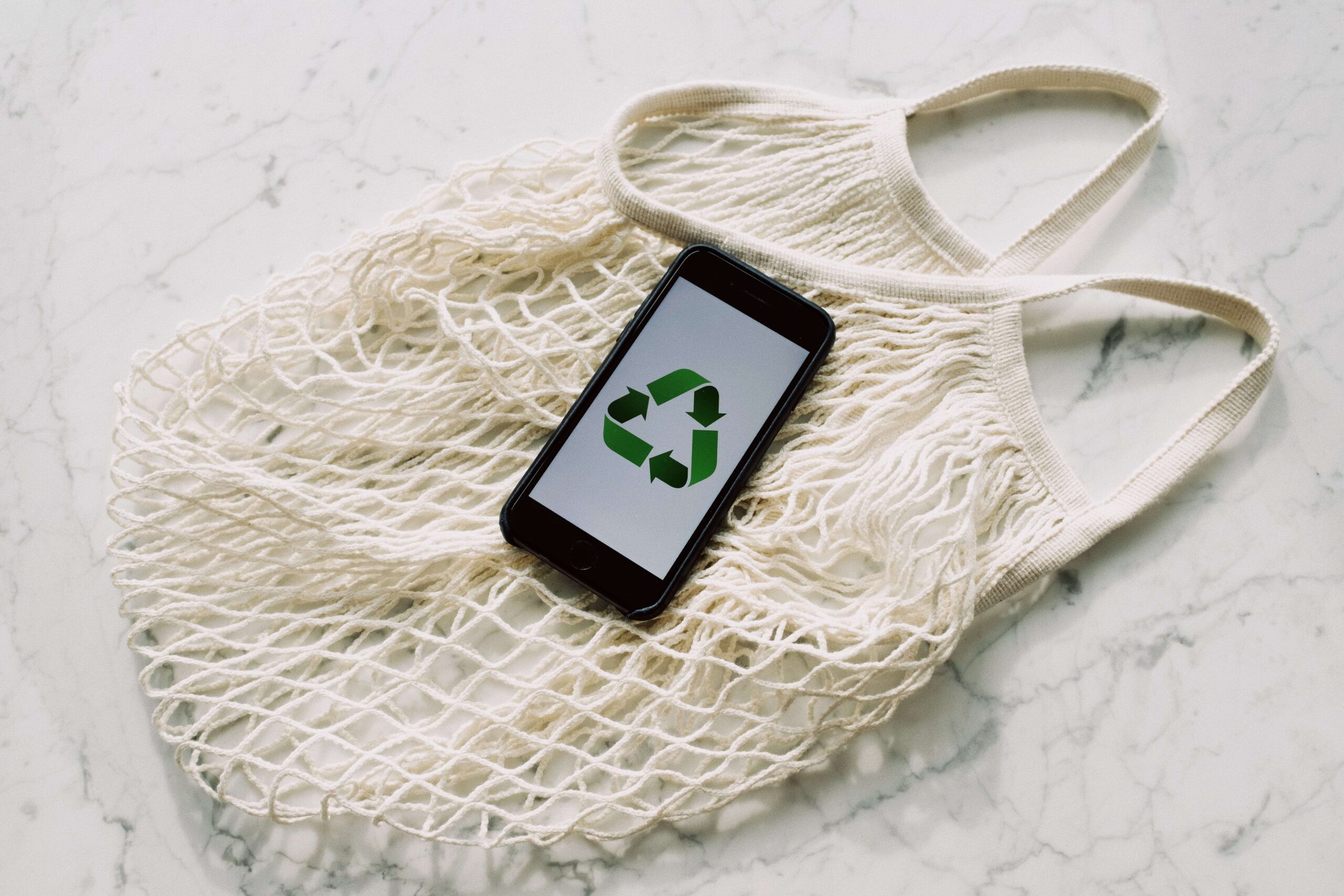
Content, Marketing & What Happens When They Both form the Creative for User Experience

Who says only technology makes our lives better, well go to a blank page and tell me that you are not looking for some word, symbol or address to take you ahead from there. Just like technology content is used to make lives of users better by narrating tales, persuade purchasers and get them to act on words along with ensuring that users are able to smoothly operate and accomplish whatever they came on a website/ eCommerce store for.
Are you missing the link between Content & Marketing?
A successful content strategy for websites is the one that converts users into readers and eventually readers whose interest in your content will lead to profit-making. However, the missing link here between content & marketing is user experience. Your content won’t market unless the user is excited to experience it.
Any content strategy that delivers an optimum user experience will inevitably benefit store owners as well.
Let’s talk a bit about content marketing:
As content marketers and strategists we all wonder whether a content marketing strategy should have more marketing than content in it or vice versa? Before you get to that, it’s imperative that you ask yourselves a few questions:
1) What are you writing content for – For a social media profile, an eCommerce venture, an informational portal, a blog, or something else?
2) Who are you addressing – You shouldn’t be addressing everyone online unless the content you are sharing is universally valid and applicable. Recognizing your target audience will help you communicate with them in the language, style and of course words that they use themselves.
3) The End Goal/ Purpose – The answer to this one can be found in the answer to the first two questions. From building human connections where none exist to marketing, content can be used for accomplishing a lot of purposes.
Now getting back to the content marketing strategy and the fine balance, of course:
1) The Paradigm shift vis-a-vis sales and marketing– with regards to selling and sales – change in perception is much needed as far as conventional understanding of marketing is concerned and same should be carried forward onto content creation. Content marketing is not just about marketing but having a story to tell and a recognition of who all will be interested in that story.
We focus so much on marketing that we forget who are we marketing our products, websites, blogs to and how we market!
We forget that in order to accomplish our sales mission, we have got to market not in the language that search engines understand but in the language and form that users respond to. Online users and buyers are thinking, speaking, emoting, tweeting, facebooking, reading, impressible humans. They hop from one tweet, status to an infographic within a matter of seconds. And lets face it – generally the content on a website is neither very tweetable or sharable, per say, but very occasionally readable.
When content is already striving for attention amidst a sea of images and fighting for a user’s love who has already decided to leave and had gone on browsing to find out what he is looking for, of course readability becomes secondary. Now we can’t know every individual’s unique need/ requirement but we can estimate a standard user behaviour on a website and not ignore it.
That’s what this Content Strategy is all about – helping you find the pulse of your audience that makes them take a note of your content and makes them come back for a good read sometimes and acknowledging your credibility as not just a seller but a reliable resource to fall back on in times of knowledge crunch and some wisdom when required.
Doing sales is not rocket science and it shouldn’t be really, it’s just two parties coming together building a connection (not just transacting only) and hopefully sustaining it and that’s what you should look content from as a medium of communication and not really a medium of sales. Yes, selling is important too but it’s more effective when you start looking at buyers and users as socially and virtually active, sensitive and thinking individuals and not order numbers or dollars. Figures/ Numbers are good but not when we are thinking of building a connection or interacting with humans. Let the increasing graphs be a byproduct and NOT the goal of your selling.
2) Never forget your Start-up mission statement! Every business has one. Remember why you got into a particular industry, was it to serve a particular segment of population, deliver services that could be used across all spheres and by population at large. Your mission statement should manifest itself in the content of your web-stores – whether verbal or visual. This means that you can’t ignore three things while creating content for your web store:
1) Your Niche Industry
2) How Can you Contribute to it or Make it Better?
3) How your users can benefit using your product or services – not just through messages but through the channel as well. This can be achieved by keeping user experience as your number one objective when creating content or designing.
A good example of this is the Threadless video, titled – Make Great Together
https://www.youtube.com/watch?feature=player_embedded&v=qqEeYqg2kSg
3) Build Content on a Viable User Experience
The only way to assure that the conversion rate of your store increases by a great margin constantly is simply to make more sales which will happen only if you are converting more and more number of visitors to your eCommerce store into customers and existing customers into return customers. Since a web store or an online retail store is devoid of advantages available to a brick-and-mortar store specifically in terms of customer interaction and effective personal communication, so Internet stores have to work harder and intelligently to deliver a user experience that stays in the mind even after long. Also this doesn’t mean that a great user experience on the website means crappy shipping or a license to sell lower quality products. You can’t be looking good and be faltering at the service level.
A True User Experience is the One that can be carried over to the Meatspace!
As the virtual has become a part of our lives and the boundaries between the virtual and meat space are waning, the online experience must not only be restricted to screens or social networks but must become part of the collective culture of the meat space (the world beyond our screens) as well.
There are many online stalwarts who have made their impact felt in the real world. Everybody knows it’s not hard to be famous but what is harder is sustaining your brand and name beyond the 15 seconds of fame. (Think beyond the 15 seconds of Fame)
In a crazily connected world it is not very difficult to be visible but to stay visible, likable and popular even after those overwhelming 15 seconds of fame.
Seth Godin’s blog on bigger vs better proves quite relevant here: http://sethgodin.typepad.com/seths_blog/2012/12/bigger-vs-better.html
Wondering how thinking more about the 15 seconds of fame can help you provide better user experience? Read Below:
Well for starters you wouldn’t be thinking only about being famous but your priority will be making the
lives of millions of users you want to reach easier or at least better with your product or services as seen in this Nike’s #MakeitCount Campaign that created quite a furor This should be conveyed through your content. http://theinspirationroom.com/daily/2012/nike-make-it-count/
1) List all important things before the good looking ones – Remember how in life, it’s the details that make or break an event? Similarly, while designing and creating content, make sure important details like order info, shipping info and things such as the customer’s info wishlist etc. are presented to the user clearly and before you start promoting and offering other things. Once the purchase has been made or products have been added to the wish-list then start with your ambush or persuasions.
2) Give enough and not more – Well sometimes users are looking for simple instructions and not a treatise on the purchase process. Give them what they are looking for without them having to look for them. Here placement of the buttons and the design on the checkout page has to be facilitative and make the purchase process easier – for example, keep the cart where it can be easily viewed and is easily accessible for updating or modifying it. Now here what will win a user’s trust is not a flashy checkout page but a convenient one.
3) Make Shopping Easy – If possible provide a shop-easy feature or some sort of a convenient shopping feature. This should be very carefully designed and should not divert from the main or primary activity that the user has come on your store for. By a shopping curriculum we mean a guidance program that can help the user with his or her purchase. However, if it is going to make the shopping or the purchase process even more cumbersome then you may want to skip this one. This can include offhand shopping recommendations, surveys of people who have used the product.
Such a shop-easy guide will be very useful for getting more currency for your social pages – especially Facebook.
See how Shoon.com, offers one on the homepage:

4) Be Creatively Social – Another important content strategy method that you can implement is organizing social contests for your fans and user base on your social media pages and not just around the Holiday season* but throughout the year. For the holiday season you can also. It would be great to engage users offline as well in the meatspace. Even if you don’t have a brick-mortar store, you can still work on a great offline engagement program to gain more followers for your online brand. People are still people and offline is still a reality. If you can make an impact offline, you can bet on online success as well.
Not to be missed here is Honda’s – Pintermission
http://www.adweek.com/adfreak/honda-wants-you-stop-using-damn-pinterest-already-139674
Where the automobile giant offered $500 to the most active pinners to spend 24 hours off Pinterest doing things they pin about.
5) Have User Oriented Content Along with the User Generated content:
Recently when the Panda & Penguin went from being cute animals to highly dreaded Google updates, the significance of user generated content was again highlighted. Of course product reviews mean reliability but what’s even better are the product usage & fit surveys in the form of graphs & polls which would develop an instant connection with the users as shown on Zappos.com

Content is your way to connect to users and marketing it is not just dependent on how users view it but how they experience it. If it’s not delivering either your message or being understood by the users, then the conversions (in terms of clicks, purchases and responses) that you expect won’t happen either.
User experience is the point where marketing and content meet and a good user experience makes goals set out for originally, possible to achieve.
Tell us about how you think user experience can be improved through content and the way you market it.
- About the Author
- Latest Posts
I am a writer, reader, and a part time adventure and travel enthusiast. The other three things that vie for my mind share are dark chocolate, coffee, and photography. I am highly motivated by user perspectives and addressing the common human experience when I write.
-
Evaluating the Carbon Emissions of Shopify Themes
by Harleen Sandhu
Committing to green claims as a business is a huge promise to deliver on. For ecommerce stores, Shopify is leading …
Continue reading “Evaluating the Carbon Emissions of Shopify Themes”
-
Dark Mode: Accessibility vs Sustainable Web Design
by BalbirIntroduction Dark mode, a feature that lets users switch the color scheme of an app or website to darker colors, …
Continue reading “Dark Mode: Accessibility vs Sustainable Web Design”
-
Discover Essential Sustainable Marketing Principles and Strategies for Ethical Business Growth
by Pancham Prashar
Given the major issues that our world is currently facing, such as pollution and climate change, sustainability becomes an inevitable …
-
Show, Don’t Tell: Demonstrating Transparency in Your eCommerce Store
by Pancham PrasharFor an eCommerce brand committed to good, success goes beyond creating excellent products; it extends to effectively communicating your values …
Continue reading “Show, Don’t Tell: Demonstrating Transparency in Your eCommerce Store”
-
How to Market Sustainable Products Effectively
by Nida Danish
In today’s market, sustainability has evolved from a passing trend to a pivotal consideration for both consumers and businesses. Globally, …
Continue reading “How to Market Sustainable Products Effectively”
-
Decoding B Corp Marketing Challenges: Strategies for Success
by Nida DanishToday, businesses place high importance on sustainability and ethical practices. For B2B and e-commerce leaders, being a certified B Corp. …
Continue reading “Decoding B Corp Marketing Challenges: Strategies for Success”




